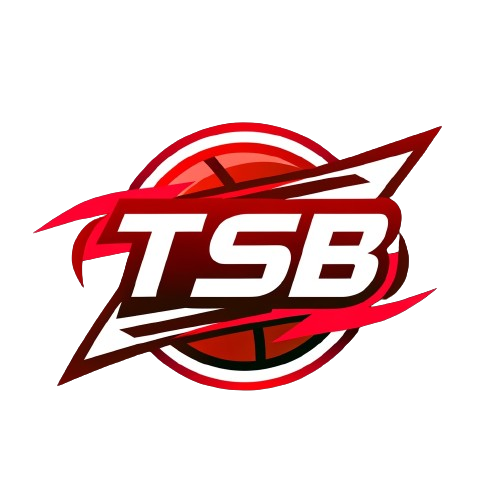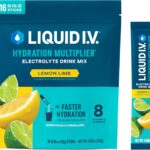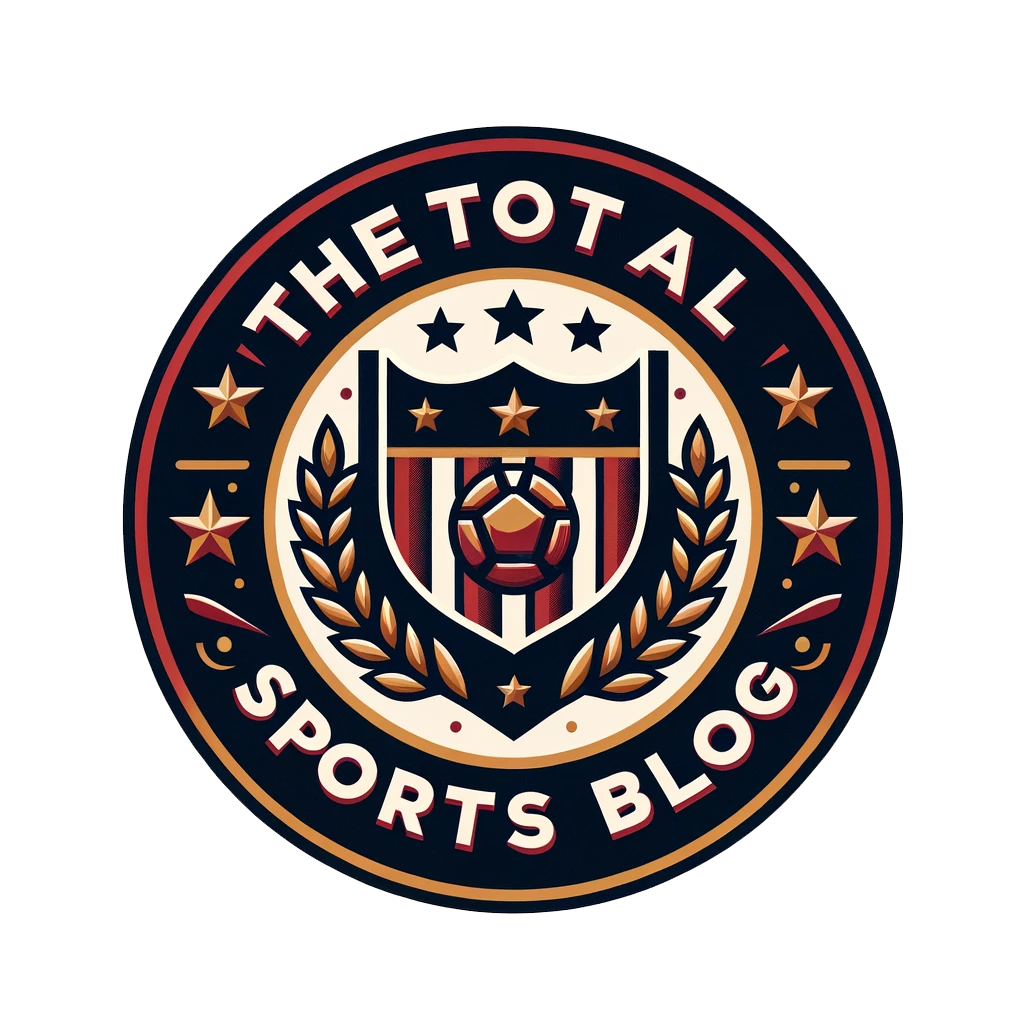Even though the sale of alcohol at college football games sounds like a very bad idea, it is obvious that college students are already too intoxicated. Consuming too much alcohol can result in shootings, stabbings, fights, drunk driving, altercations, injuries, and arrests for public intoxication. Statistically,College Football Lines indicate that such instances rarely happen during game days because of the heavy presence of police officers who sometimes ignore minor infractions, for example, public intoxication.
- Advertisement -
The worst part is selling alcohol within the stadium because, in such confined areas, drunk people can cause collateral damage and even harass other fans. Many fans fall victims of drunk behavior in college football games, making it a major problem; therefore, selling alcohol in the stadium cannot improve such circumstances.
An analysis of these circumstances should first start with the causes of the problem, which are the prohibition of alcohol in college stadiums except for media and luxury box sections. Prohibiting alcohol in the stadium does not help because college football fans drink too much alcohol before entering the stadium. Furthermore, fans use plastic flasks to sneak alcohol into the college stadium.
- Advertisement -
Immediately the stadium gates open, many inebriated ticket holders storm inside to find their seats, visit washrooms, which lead to uncountable accidents. Some fans have also resorted to smuggling drugs; therefore, if spotted, such products should be confiscated for evidence in court. However, the fans usually try to conceal such products in small quantities just like the above mentioned plastic flask.
Many college football fans drink beer while tailgating, but only before and after the game. However, before reaching the security checks, the fans resort to strong spirits and whiskey. Not only do the fans consume a lot of alcohol, but they also consume it so fast. College football fans who drink beer mostly use “a pace” to drink fast. The pace refers to the number of beers they drink within 60 minutes without showing signs of drunkenness.
- Advertisement -
Another problem is that many beer-drinking fans mix different kinds of alcohol in unmeasured quantities. This leads to heavy intoxications that make fans behave in a disorderly manner because they took an unmeasured pour, which easily followed another bad pour. Such evident instances have already proven that selling alcohol in college stadiums is a bad idea.
In my opinion, the complete prohibition of alcohol in the stadiums has not fully materialized. Police officers have even recommended that fans should be allowed to drink expensive beers in the comfort of their stadium seats instead of smuggling harmful alcohol into the stadium.
During the 2010 season, West Virginia University implemented such a policy and they started selling beer to fans in the stadium, while prohibiting fans from entering and exiting the stadium during the game. Consequently, the University recorded higher sales in their refreshment stands and a considerable decrease in alcohol-related problems.
Bob Roberts, the University’s police chief, supports the new policy saying that it is important to face reality and control it, while ensuring college fans enjoy the football games in a safe environment. Similar policies are also in force in the University of Iowa and the University of Minnesota, with many others analyzing its implementation.







